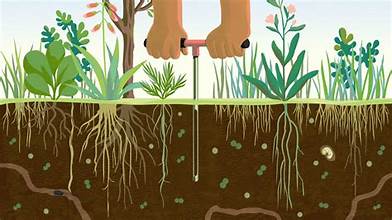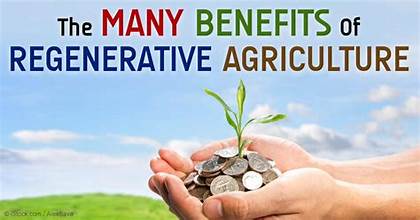Introduction
In the face of growing environmental challenges, regenerative agriculture has emerged as a powerful solution to enhance biodiversity and climate resilience. Unlike conventional farming, which often depletes soil health and biodiversity, regenerative agriculture focuses on practices that restore and rejuvenate ecosystems. This article explores the principles of regenerative agriculture, its benefits for biodiversity and climate resilience, and practical steps to promote its adoption.
What is Regenerative Agriculture?
Regenerative agriculture is a holistic approach to farming that aims to improve the health of the soil, ecosystems, and communities. It goes beyond sustainability by actively enhancing the natural resources it uses. Key practices include:
- Cover Cropping: Growing cover crops to protect and enrich the soil.
- Crop Rotation: Alternating crops to improve soil health and reduce pest and disease cycles.
- Reduced Tillage: Minimizing soil disturbance to maintain its structure and biodiversity.
- Agroforestry: Integrating trees and shrubs into farming systems for diverse benefits.
- Composting: Utilizing organic matter to enhance soil fertility and structure.
Benefits for Biodiversity
Regenerative agriculture significantly boosts biodiversity by creating a more diverse and resilient ecosystem. Here’s how:
Enhancing Soil Health
Healthy soil is teeming with microorganisms, insects, and other life forms. Practices like cover cropping and composting increase organic matter in the soil, fostering a rich microbial community. This, in turn, supports plant health and resilience, creating a positive feedback loop for biodiversity.
Supporting Pollinators
Many regenerative practices, such as planting diverse cover crops and integrating wildflower strips, provide habitats and food sources for pollinators like bees and butterflies. Healthy pollinator populations are crucial for the reproduction of many crops and wild plants.
Promoting Wildlife Habitats
Agroforestry and reduced tillage create environments where wildlife can thrive. Trees and shrubs offer shelter and food for birds and other animals, while reduced soil disturbance helps preserve ground-dwelling species.
Benefits for Climate Resilience
Regenerative agriculture also plays a critical role in mitigating climate change and enhancing resilience to its impacts.
Carbon Sequestration
By increasing organic matter in the soil, regenerative practices enhance its ability to sequester carbon. Trees and cover crops capture atmospheric CO2, storing it in the soil and biomass. This reduces the greenhouse gas concentration in the atmosphere, helping combat climate change.
Water Management
Improved soil structure enhances water infiltration and retention, reducing the risk of floods and droughts. Practices like cover cropping and reduced tillage prevent soil erosion and promote water conservation, making farms more resilient to extreme weather events.
Reduced Reliance on Chemical Inputs
By fostering a healthy ecosystem, regenerative agriculture reduces the need for synthetic fertilizers and pesticides. This minimizes environmental pollution and greenhouse gas emissions associated with their production and use.
Promoting Regenerative Agriculture
To promote regenerative agriculture, stakeholders can take several practical steps:
Education and Training
Providing farmers with education and training on regenerative practices is crucial. Workshops, online courses, and demonstration farms can help disseminate knowledge and skills.
Financial Incentives
Governments and organizations can offer financial incentives such as grants, subsidies, and low-interest loans to encourage farmers to adopt regenerative practices. These incentives can offset the initial costs and risks associated with transitioning from conventional farming.
Research and Innovation
Investing in research to develop and refine regenerative techniques can enhance their effectiveness and scalability. Collaboration between scientists, farmers, and policymakers can lead to innovative solutions tailored to specific regions and contexts.
Consumer Awareness
Raising consumer awareness about the benefits of regenerative agriculture can drive demand for sustainably produced food. Labels and certifications for regenerative products can help consumers make informed choices and support farmers practicing regenerative methods.
Policy Support
Policymakers can create an enabling environment for regenerative agriculture through supportive policies and regulations. This includes land use planning, environmental protection laws, and agricultural subsidies aligned with regenerative principles.
Conclusion
Promoting regenerative agriculture is essential for fostering biodiversity and building climate resilience. By adopting regenerative practices, farmers can create healthier ecosystems, sequester carbon, and enhance their resilience to climate impacts. Through education, financial incentives, research, consumer awareness, and supportive policies, we can accelerate the transition to regenerative agriculture, ensuring a sustainable and resilient future for our planet.










